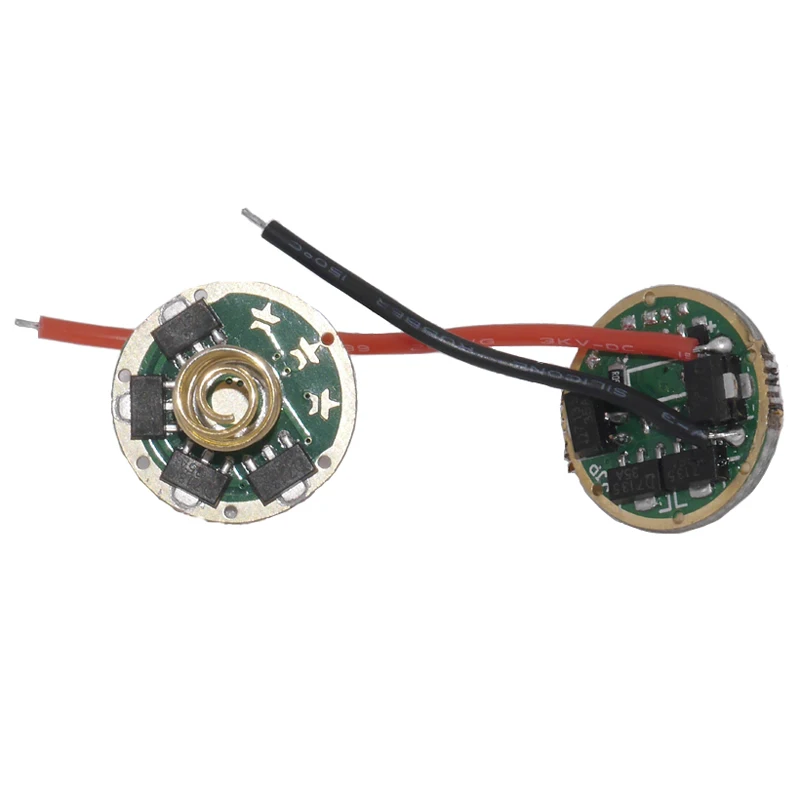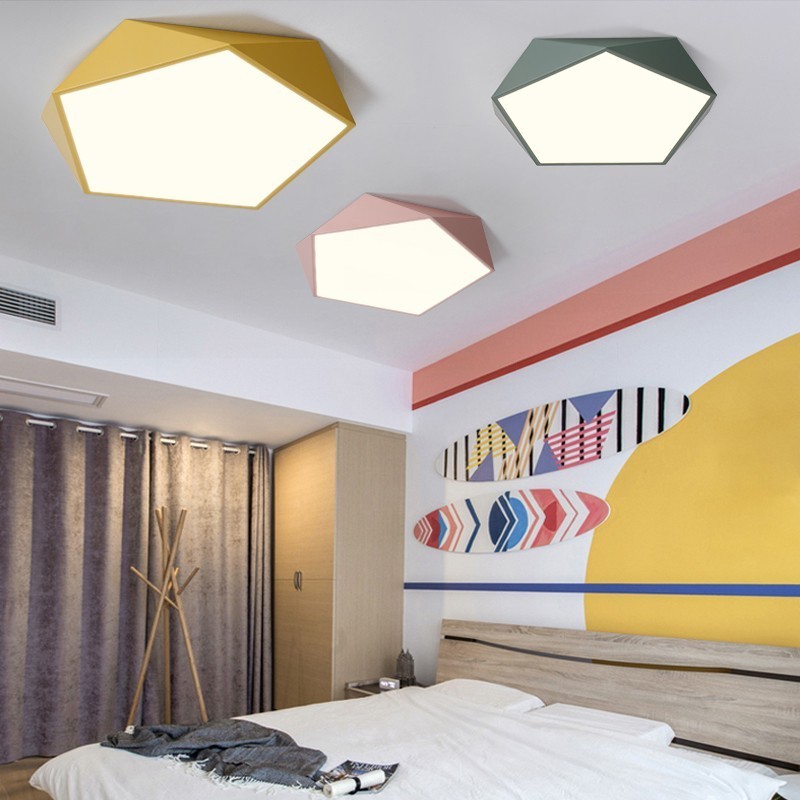

The driver circuit may require special features to be compatible with lamp dimmers intended for use on incandescent lamps. LED lamps require an electronic LED driver circuit to operate from mains power lines, and losses from this circuit means that the efficiency of the lamp is lower than the efficiency of the LED chips it uses. Commercial LED lamps have a lifespan many times longer than incandescent lamps. The most efficient commercially available LED lamps have efficiencies of 200 lumens per watt (Lm/W). LED lamps are significantly more energy-efficient than equivalent incandescent lampsĪnd can be significantly more efficient than most fluorescent lamps. Easy control - LEDs can be digitally (and automatically) controlled for maximum efficiency and flexibility.An 80W Chips on board (COB) LED module from an industrial light luminaire, thermally bonded to the heat sinkĪn LED lamp or LED light bulb is an electric light that produces light using light-emitting diodes (LEDs).Long source life - LEDs offer a significantly longer useful life than conventional light sources, which reduces the cost an inconvenience of maintenance and replacement.No UV rays or infrared radiation - Because LEDs do not emit harmful UV rays that can degrade materials or fade paints and dyes, they're ideal for use in retail stores, museums, and art galleries.LEDs have no moving parts of filaments that can break or fail.
 High reliability - LEDs can operate in colder temperatures and withstand impact and vibrations, making them suitable for extreme environments or areas that are difficult to access. Low radiated heat - Since LEDs don't emit infrared radiation, they can be installed in heat-sensitive areas, near people and materials, and in small spaces where collected heat might be dangerous. Low-voltage and current requirements - LED lighting systems offer simple, flexible installation and use.
High reliability - LEDs can operate in colder temperatures and withstand impact and vibrations, making them suitable for extreme environments or areas that are difficult to access. Low radiated heat - Since LEDs don't emit infrared radiation, they can be installed in heat-sensitive areas, near people and materials, and in small spaces where collected heat might be dangerous. Low-voltage and current requirements - LED lighting systems offer simple, flexible installation and use.  Energy-efficiency - LED lighting can be 5x more energy-efficient than incandescent and halogen sources - cutting costs while lowering environmental impact. Exceptional range - Color, dynamic color, and tunable white-light LED luminaires can produce millions of colors or color temperature ranges - extremely accurately - without gels or filters. High-levels of brightness and intensity - LEDs generate high lumen output, ensuring brightness of white and color light. LEDs offer a variety of advantages to lighting professionals and ultimate beneficiaries of LED lighting systems - from creative individuals to innovative businesses to visionary cities and countries: Different materials produce photons at different wavelengths, which appear as light of different colors. The material in an LED is selected so that the wavelength of the released photons falls within the visible portion of the light spectrum. When extra electrons in the n-type material fall into the holes in the p-type material, they release energy in the form of photons - the basic units of electromagnetic radiation.Īll diodes release photons, but not all diodes emit light - just light-emitting diodes. When they get close to each other, the n-type atoms donate their extra electrons to the p-type atoms, which accept them. The atoms in the n-type material have extra electrons, while the atoms in the p-type material have electron holes - electrons missing from their outer rings.Īpplying electrical current to the diode pushes the atoms in both materials toward the junction area. To create an LED, the n-type material is negatively charged, while the p-type material is positively charged.
Energy-efficiency - LED lighting can be 5x more energy-efficient than incandescent and halogen sources - cutting costs while lowering environmental impact. Exceptional range - Color, dynamic color, and tunable white-light LED luminaires can produce millions of colors or color temperature ranges - extremely accurately - without gels or filters. High-levels of brightness and intensity - LEDs generate high lumen output, ensuring brightness of white and color light. LEDs offer a variety of advantages to lighting professionals and ultimate beneficiaries of LED lighting systems - from creative individuals to innovative businesses to visionary cities and countries: Different materials produce photons at different wavelengths, which appear as light of different colors. The material in an LED is selected so that the wavelength of the released photons falls within the visible portion of the light spectrum. When extra electrons in the n-type material fall into the holes in the p-type material, they release energy in the form of photons - the basic units of electromagnetic radiation.Īll diodes release photons, but not all diodes emit light - just light-emitting diodes. When they get close to each other, the n-type atoms donate their extra electrons to the p-type atoms, which accept them. The atoms in the n-type material have extra electrons, while the atoms in the p-type material have electron holes - electrons missing from their outer rings.Īpplying electrical current to the diode pushes the atoms in both materials toward the junction area. To create an LED, the n-type material is negatively charged, while the p-type material is positively charged. 
Almost any two conductive materials will form a diode when placed in contact with each other - with a single p-n semiconductor junction between them. A diode is a device that allows current to flow in only one direction.
#Led flashlight driver circuit how to full#
As indicated by its full name - Light Emitting Diode - an LED is a diode that emits light.








 0 kommentar(er)
0 kommentar(er)
